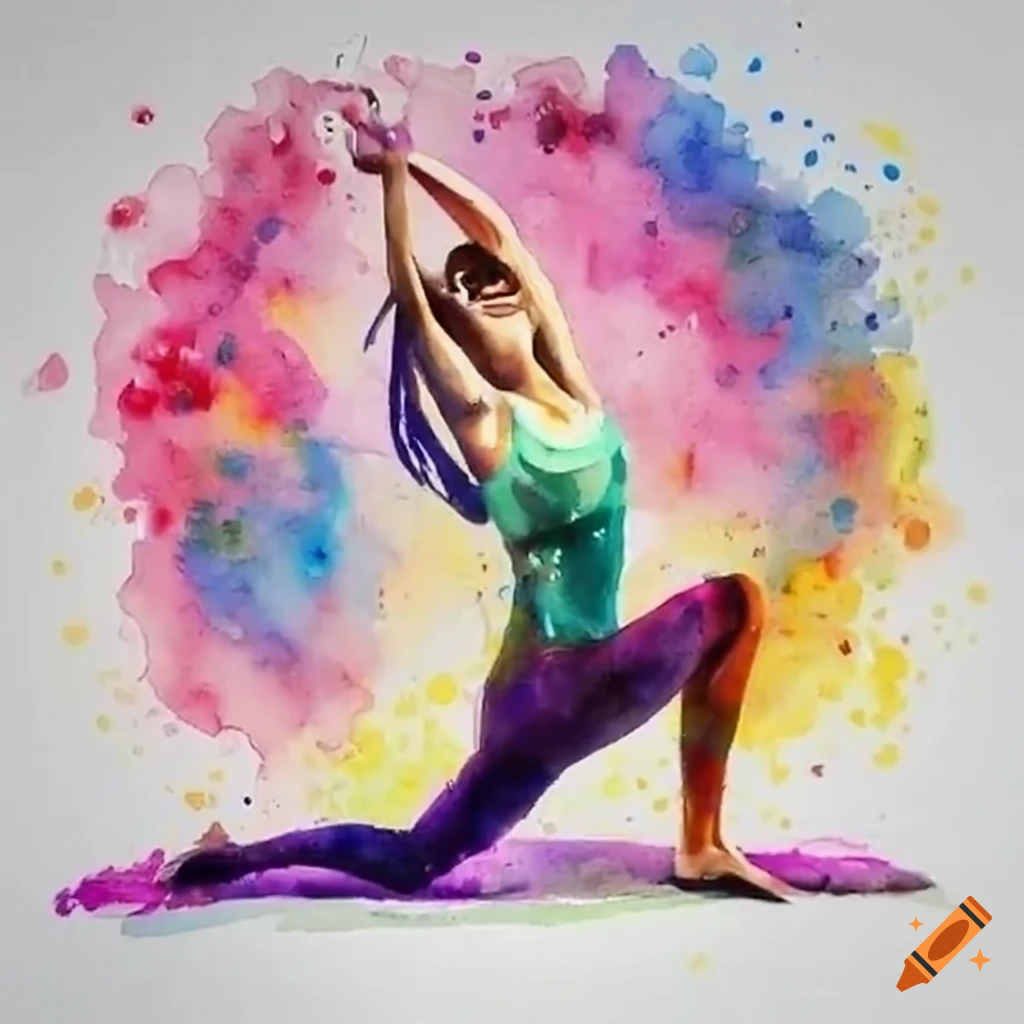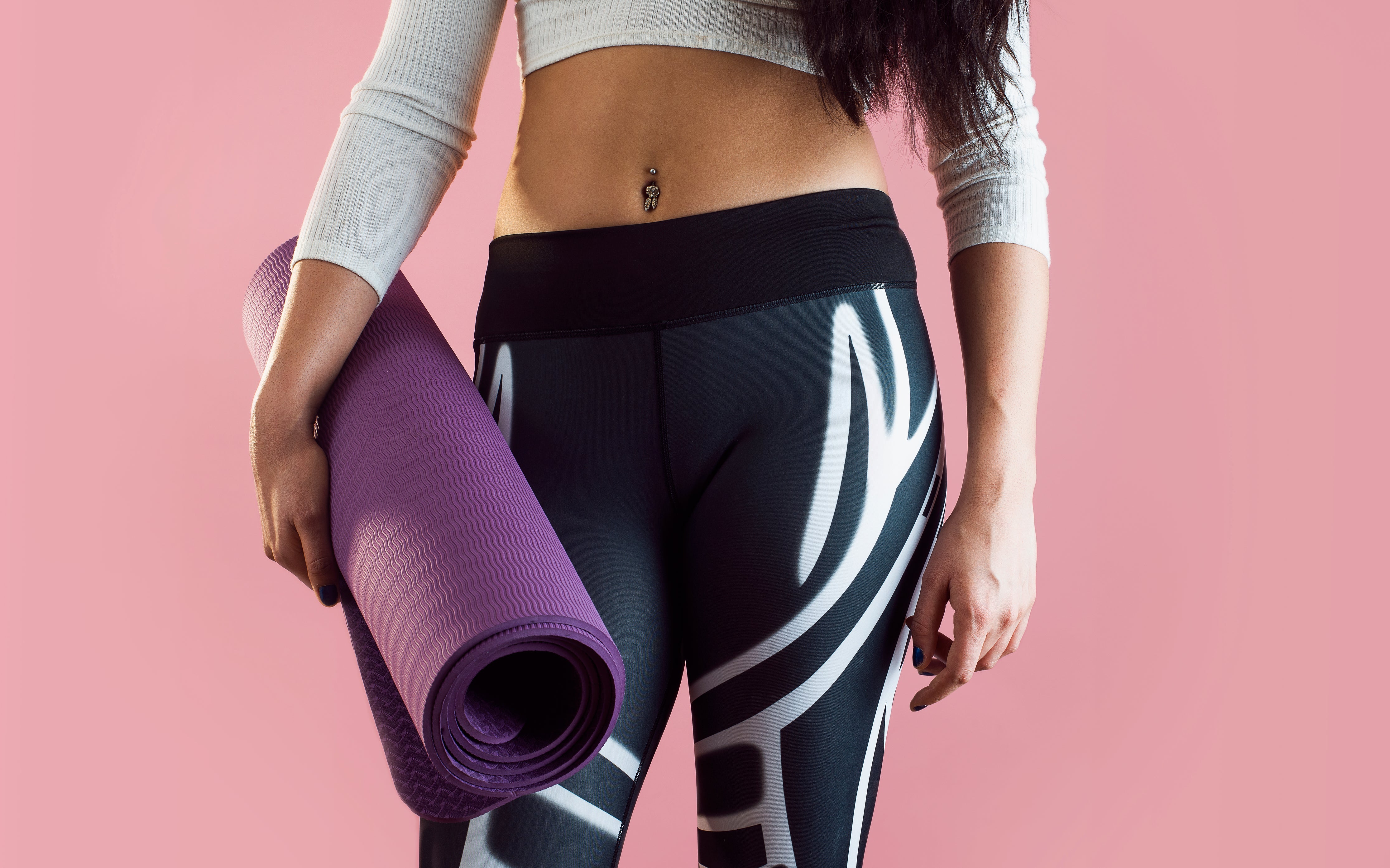
Yoga vs. Pilates: Understanding the Key Differences
When delving into the realms of fitness and wellness, exploring the nuances between various practices such as Yoga and Pilates is essential for maximizing the benefits derived from each. Both disciplines offer distinctive approaches to enhancing physical strength, flexibility, and mental clarity. Understanding the contrasting characteristics of Yoga and Pilates can assist in choosing the most suitable regime to achieve individual fitness goals. Whether donning your favorite unique t-shirt for a yoga class or opting for a Pilates session, recognizing the key differences between these practices allows enthusiasts to make informed decisions concerning their holistic well-being.
Philosophical Foundations: Contrasting Yoga and Pilates
- Origins:
Yoga: Traces back to ancient India and incorporates elements of Hindu philosophy, focusing on achieving union of mind, body, and spirit. Pilates: Created by Joseph Pilates in the early 20th century as a system of physical conditioning.
- Principles:
Yoga: Emphasizes breath control, meditation, and specific poses (asanas) to increase strength and flexibility. Pilates: Centers around core strength, proper alignment, and flowing movement to enhance physical control.
- Spiritual Focus:
Yoga: Incorporates spiritual concepts like mindfulness, inner peace, and self-awareness to promote holistic well-being. Pilates: Primarily focuses on physical health and rehabilitation, with less emphasis on spiritual or esoteric elements.
- Mental Focus:
Yoga: Aims to quiet the mind, reduce stress, and cultivate mental clarity through meditation and mindfulness practices. Pilates: Enhances mental concentration, body awareness, and precision of movements for overall physical efficiency.
Physical Techniques: A Comparative Analysis of Yoga and Pilates
- Muscle Engagement:
- Flexibility:
- Core Strength Development:
- Techniques:
In yoga, poses are held for longer durations, focusing on bodyweight movements that engage multiple muscle groups simultaneously. Pilates, on the other hand, emphasizes controlled movements aiming to specifically target and strengthen individual muscles.
Yoga places significant emphasis on enhancing flexibility through a variety of stretching poses that target muscles and joints, promoting elongation and suppleness. Pilates, although incorporating some stretching, primarily concentrates on building strength and stability.
Yoga integrates core engagement throughout various poses to build strength and stability from the center of the body outward. Pilates, conversely, has a specialized focus on core strength, with exercises designed to specifically target the abdominal muscles, lower back, hips, and glutes.
Yoga utilizes a combination of asanas (poses), pranayama (breathing techniques), and meditation to unite body, mind, and spirit. In contrast, Pilates employs a series of controlled movements using equipment like reformers and mats to improve physical strength, posture, and flexibility.
Breathwork and Mindfulness: Distinguishing Features of Yoga and Pilates
- Approach to Breathwork in Yoga:
- Approach to Mindfulness in Yoga:
- Approach to Breathwork in Pilates:
- Approach to Mindfulness in Pilates:
In yoga, the focus on breathwork, known as pranayama, is fundamental. Specific breathing techniques are integrated into each movement and pose, synchronizing breath with movement to create a meditative flow.
Yoga emphasizes mindfulness by directing awareness to the present moment. Practitioners are encouraged to observe sensations, thoughts, and emotions without judgment, fostering a deeper connection between mind and body.
In Pilates, breathing is coordinated with movement to facilitate proper execution of exercises. Emphasis is placed on lateral thoracic breathing to engage the core muscles and support physical alignment.
While Pilates focuses on precision and control, mindfulness plays a more subtle role. Practitioners are encouraged to concentrate on movement quality, body alignment, and muscle engagement, promoting mental clarity and focus.
Functional Applications: Contrasting Benefits of Yoga and Pilates
- Core Strengthening:
- Flexibility and Balance:
- Stress Reduction and Mental Clarity:
- Injury Rehabilitation and Prevention:
Both yoga and Pilates provide effective techniques for strengthening the core muscles, which are crucial for supporting the spine and improving posture. Yoga focuses on dynamic movements that engage the core throughout various poses, while Pilates emphasizes targeted exercises specifically designed to strengthen the abdominal muscles.
Yoga and Pilates enhance flexibility and balance through different approaches. Yoga incorporates a series of stretches and poses that increase flexibility in the muscles and joints, promoting body alignment and balance. On the other hand, Pilates focuses on controlled movements that improve stability and balance by targeting specific muscle groups.
Both disciplines offer techniques to reduce stress and promote mental well-being. Yoga integrates breathing exercises and meditation practices that help calm the mind, reduce anxiety, and enhance mental clarity. Pilates, while primarily a physical practice, also encourages mindfulness and focus during movements, aiding in stress relief and mental relaxation.
Yoga and Pilates can be beneficial for injury prevention and rehabilitation. Yoga incorporates gentle movements and poses that can improve flexibility and strengthen muscles, reducing the risk of injuries. Pilates, with its focus on controlled movements and alignment, is often recommended for individuals recovering from injuries to regain strength and mobility in a safe manner.
Yoga t-shirt, Meditation t-shirt? Sky Above T-shirt
Shop Yoga t-shirt, Meditation t-shirt? Sky Above T-shirt
Description: This t-shirt embodies the spirit of freedom and tranquility, encouraging you to follow your own path and seek inner peace. Made from soft and comfortable cotton, this t-shirt is ideal for expressing your individuality while remaining comfortable. Whether you wear it on a casual day or to meditate, this t-shirt will remind you to always follow your own path and seek peace in all circumstances.
Price: EUR 28.0
- Yoga:
- Focuses on physical postures and breathing techniques
- Aims to improve flexibility, strength, and body awareness
- Can be practiced by people of all ages and fitness levels
- Pilates:
- Focuses on core strength, stability, and overall body alignment
- Incorporates equipment like reformers and stability balls
- Great for improving posture and muscle tone
When delving into the practice of movement and mindfulness, one encounters the intriguing differences between two remarkable disciplines. By contrasting the philosophical foundations, physical techniques, breathwork, and mindfulness aspects of Yoga and Pilates, it becomes apparent that each offers a distinct approach to achieving holistic well-being. While Yoga embraces ancient spiritual traditions and focuses on flexibility and relaxation, Pilates emphasizes core strength and precise movements. In terms of breathwork and mindfulness, Yoga centers on pranayama and meditation, while Pilates integrates breathing techniques with physical exercises. The functional applications further set them apart, with Yoga promoting spiritual growth and stress relief, and Pilates emphasizing physical conditioning and injury prevention. In conclusion, both Yoga and Pilates offer unique benefits that cater to diverse individual needs, making them valuable practices in cultivating physical, mental, and emotional well-being.







